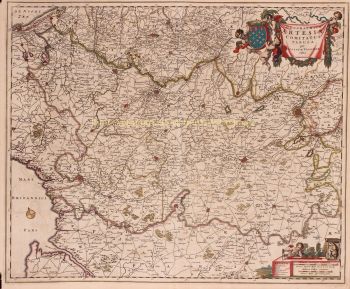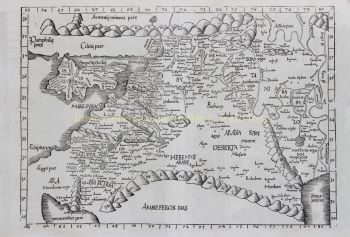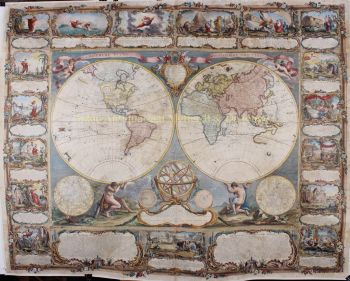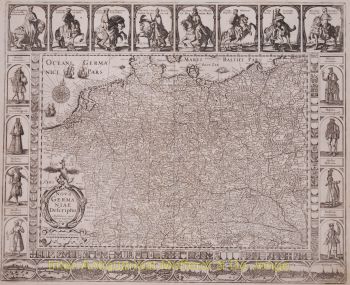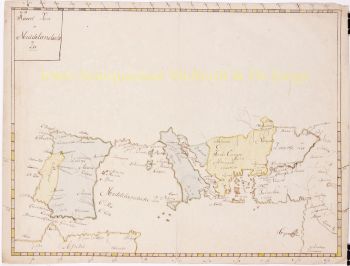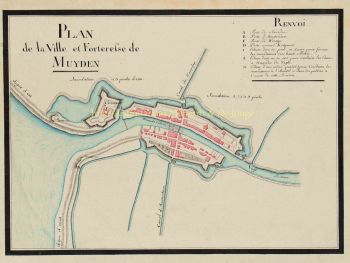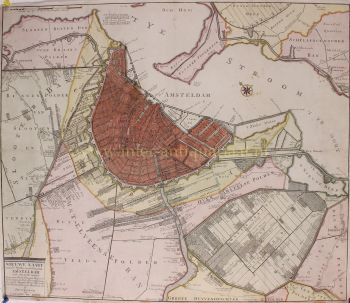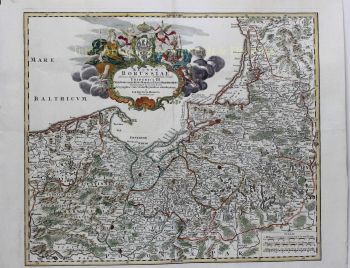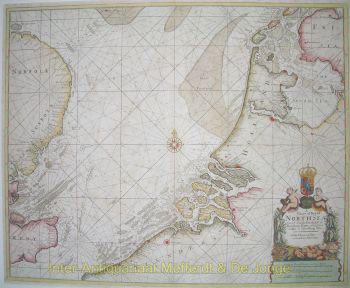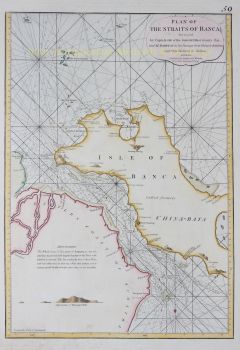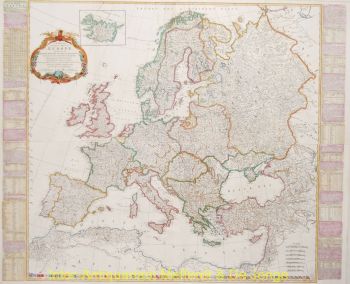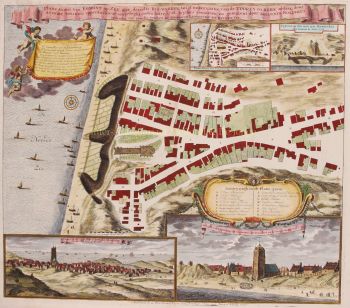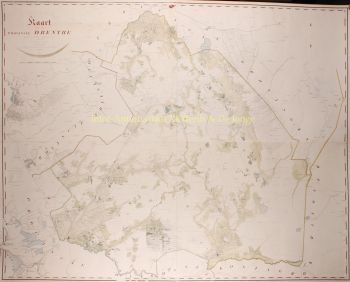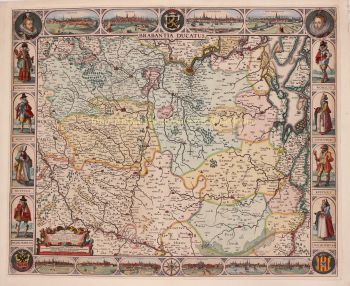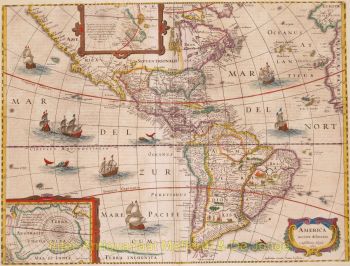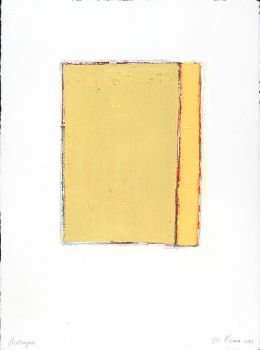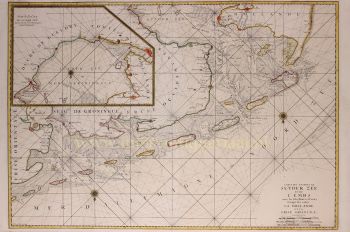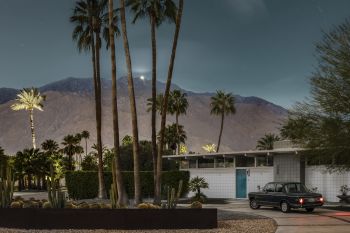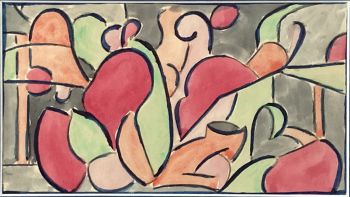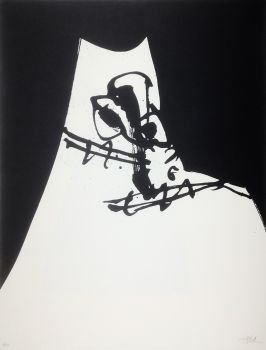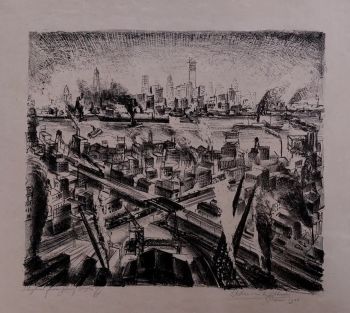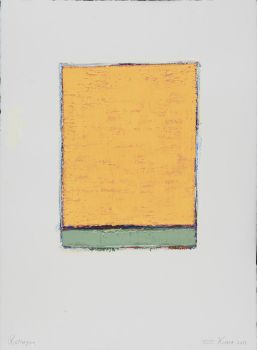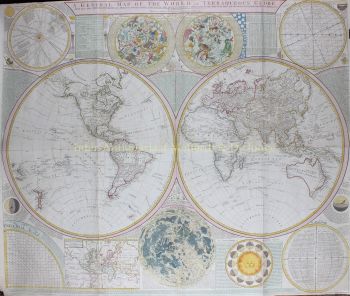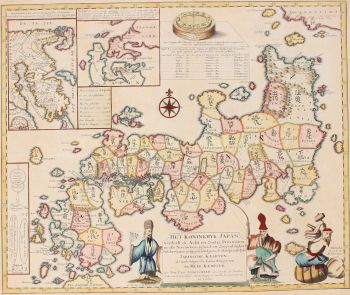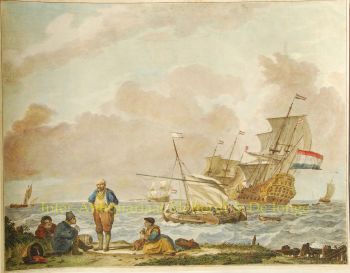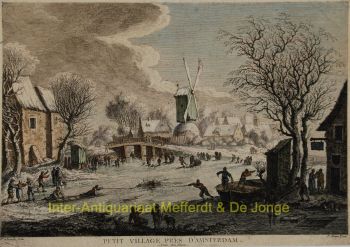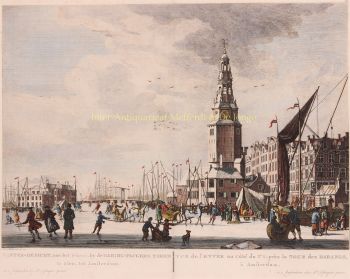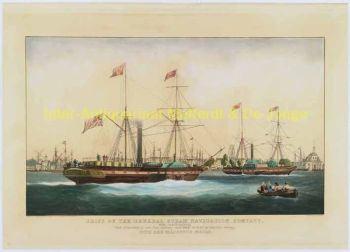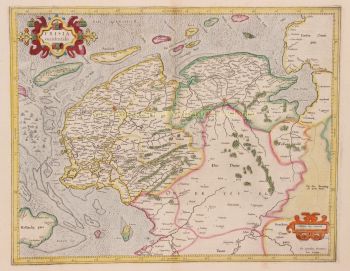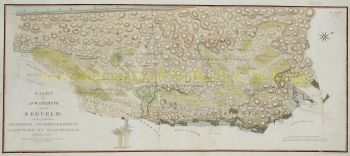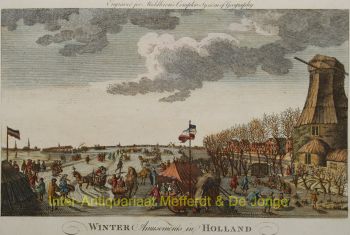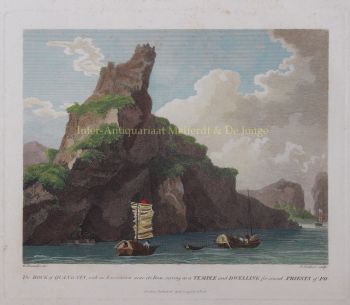Malta and Gozo - Nicolaes Visscher, c. 1680 1680
Nicolaes Visscher
Inter-Antiquariaat Mefferdt & De Jonge
- Über Kunstwerk“Insularum Melitae vulgo Maltae et Gozae”, copper engraving published by Nicolaas Visscher around 1680. With original hand colouring. Verso: blank. Size: 47 x 57 cm. In the 17th century Malta was ruled by the Knights Hospitaller and went through a golden age. Malta's fortifications were improved. Large parts of Gozo's Cittadella were completely rebuilt between 1599 and 1622. The Grand Harbour area was strengthened by the construction of the Floriana Lines and Santa Margherita Lines in the 1630s and 1640s, which encircled the land front of Valletta and that of Birgu and Senglea. Later on, the Cottonera Lines were built around the Santa Margherita Lines between 1670 and 1680. Due to a lack of funds, the Santa Margherita and Cottonera Lines remained unfinished for many years before being completed. In the late seventeenth century, Fort Ricasoli was also built to protect the entrance to the Grand Harbour, while Fort Saint Elmo and Fort Saint Angelo were strengthened. Despite the significant fortifications in the harbour area, by the early seventeenth century, most of the remaining coastline was still largely undefended. In 1605, Garzes Tower was built on the island of Gozo. In the following years, Alof de Wignacourt continued upgrading the coastal fortifications by building the Wignacourt towers, a series of six bastioned watch towers. During Grandmaster Lascaris' reign, a number of smaller towers were also built. His successor de Redin once again built a series of similar towers. The last coastal tower to be built was Isopu Tower, which was constructed in 1667 during the reign of Nicolas Cotoner. In the seventeenth and early eighteenth century, the Order's navy was at its peak. The Order, usually along with other European navies, engaged in naval battles against the Ottomans such as the action of 28 September 1644, or the Battle of the Dardanelles in 1656. They had also participated in the Battle of Lepanto in 1571 under the command of John of Austria. Corsairing also became an important part of the Maltese economy until the early 1700s. This splendid map shows the strategic island of Malta along with the smaller islands of Gozo and Kemmuna to its northwest. The fortified city of Valetta is prominently shown along the eastern coast, as is Mdina near the middle of the island. An inset at bottom left shows the entire Mediterranean Sea along with portions of southern Europe and northern Africa. The map is highly decorative with a large sailing ship at bottom, a naval war scene, and Poseidon resting above the inset map. The title cartouche is decorated by the coat of arms of the Order of Malta, and a banner containing two distance scales is held aloft by two putti. Price: Euro 1.750,-
- Über Künstler
Nicolaes war der einzige Sohn von Claes Jansz. Fischer. Er ist auch unter den Namen bekannt: Nicolaas oder Claes Claesz. Nachdem er jahrelang für seinen Vater im Geschäft gearbeitet hatte, folgte er ihm nach dessen Tod im Jahr 1652. 1662 wurde er in die Amsterdamer Buchhändlergilde aufgenommen und 1677 erhielt Nicolaes, inzwischen ein angesehener Verleger, von den Staaten Holland und Westfriesland ein 15-jähriges Patent für den Druck und die Veröffentlichung von Karten. Er starb zwei Jahre später und wurde in derselben Kapelle wie sein Vater begraben.
Atlasausgaben von Nicolaes I enthalten:
„Atlas Contractus Orbis Terrarum“ von 1657.
„Germania Inferior“ von 1663.
„Atlas Minor“ von 1675.
Visschers Atlanten wurden oft nach den Wünschen der Käufer zusammengestellt (der sogenannte Atlas Contractus). Sie enthalten in der Regel keinen Text, nur manchmal einen gedruckten Index. Karten anderer Hersteller wurden verwendet, selbst gravierte und bearbeitete Kupferplatten von seinem Vater.Einer der Höhepunkte der Kartographie des 17. Jahrhunderts ist die mehrseitige Wandkarte. Ein Beispiel dafür – von 1656 – ist die Karte von Zeeland: „Zelandiae Comitatus novissima Tabula“. Diese bestand aus neun Blättern, die zusammen eine Größe von 140 x 160 cm hatten. Durch Hinzufügen von Stadtansichten konnte die Karte noch weiter vergrößert werden. Diese Stadtansichten wurden wiederum um 1668 unter dem Namen „Speculum Zelandiae“ veröffentlicht.
Sind Sie daran interessiert, dieses Kunstwerk zu kaufen?
Artwork details
Related artworks
- 1 - 4 / 4
- 1 - 4 / 24
Unknown artist
A large wall map of Asia by Nicolas de Fer 1647 - 1720
Price on requestZebregs & Röell - Fine Art - Antiques
1 - 4 / 24- 1 - 4 / 12




